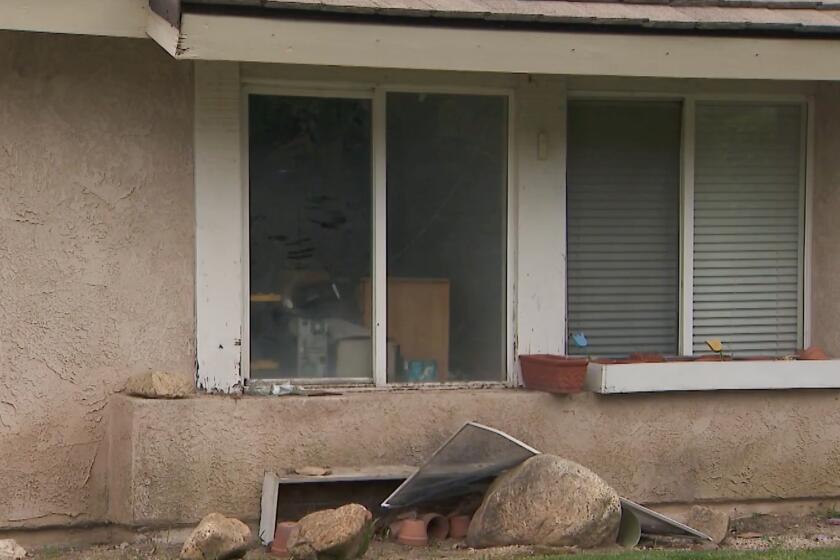Sewage Release May Force Beach Closings
Orange County’s top water quality official said Wednesday that if scientists prove that sewage released four miles offshore is migrating back to the beach, health officials would have little choice but to close stretches of Huntington Beach until the problem is fixed.
Orange County sanitation district officials, while saying the connection has not been established, are exploring alternatives to treating and disposing of the sewage.
For two months during the summer of 1999, miles of the city’s beaches were off limits to surfers and swimmers when bacteria counts exceeded legal limits.
In November, a team of UC Irvine researchers suggested that a power plant at Newland Street--which uses millions of gallons of ocean water daily as a coolant for its operations--might be combining with currents to pull in bacteria-laden sewage discharged miles offshore each day by the Orange County Sanitation District.
“If, in fact, there is evidence that waste water from the outfall pipe is coming onshore--and if the research and evidence shows that--then we would have to implement a formal closure until such time that the source is eliminated and the water meets water quality standards,” said Larry Honeybourne, chief of the Orange County Health Care Agency’s water quality division.
Sanitation officials are planning a battery of tests this spring and summer. Limited tests conducted in November by sanitation district scientists revealed a finger-shaped plume of sewage pointing back toward shore and the AES Corp. power plant.
Eliminating the source would be difficult and expensive--nearly a half billion dollars, according to Orange County Sanitation District officials. The agency treats more than 240 million gallons of waste water each day, generated by thousands of businesses and 2.2 million people living in northern and central Orange County.
The sanitation district is exploring possible changes to its practice of releasing partially treated sewage into the ocean, district spokesman Lisa Lawson said Wednesday. Current treatment consists of allowing solids, which have the highest concentrations of bacteria, to settle to the bottom of holding tanks. The district does not add chemicals to treat or disinfect the sewage before sending it out to sea.
Possible alternatives include: allowing the sewage to bake under ultraviolet light to burn off bacteria, diverting it through a filtration system, extending the pipeline and disinfecting it with chlorine. The last process is used by Los Angeles County to treat about 350 million gallons of sewage released each day off the Palos Verdes Peninsula. Chlorine can also harm the environment.
The Orange County Sanitation District has permission from federal and state officials to do less than required by law. Orange County sends a 50/50 blend of primary and secondary-treated sewage to sea.
Others, such as the city of Los Angeles’ Hyperion treatment facility, near Los Angeles International Airport, perform a secondary level of solid-removal--a requirement of the federal Clean Water Act.
Building secondary sewage treatment facilities would cost the Orange County Sanitation District an estimated $400 million, and could take four to five years, Lawson said.
Constructing additional facilities to disinfect the sewage would cost an additional $40 million, she said, and could take up to three years.
“We are currently looking for interim measures if we do have to change our operations,” she said.
The least likely option would be to extend the outfall pipe farther offshore. Engineers doubt that the 25-year-old pipe could handle the additional water pressure. And that still would not solve the problem of the high bacteria levels in the partially treated sewage.
(BEGIN TEXT OF INFOBOX / INFOGRAPHIC)
Pollution and Pipes
Orange County health officials say they might be forced to close a stretch of Huntington Beach if scientists find evidence that sewage from an offshore plume is creeping back to the shore.
*
Source: Orange County Sanitation District
More to Read
Start your day right
Sign up for Essential California for news, features and recommendations from the L.A. Times and beyond in your inbox six days a week.
You may occasionally receive promotional content from the Los Angeles Times.







